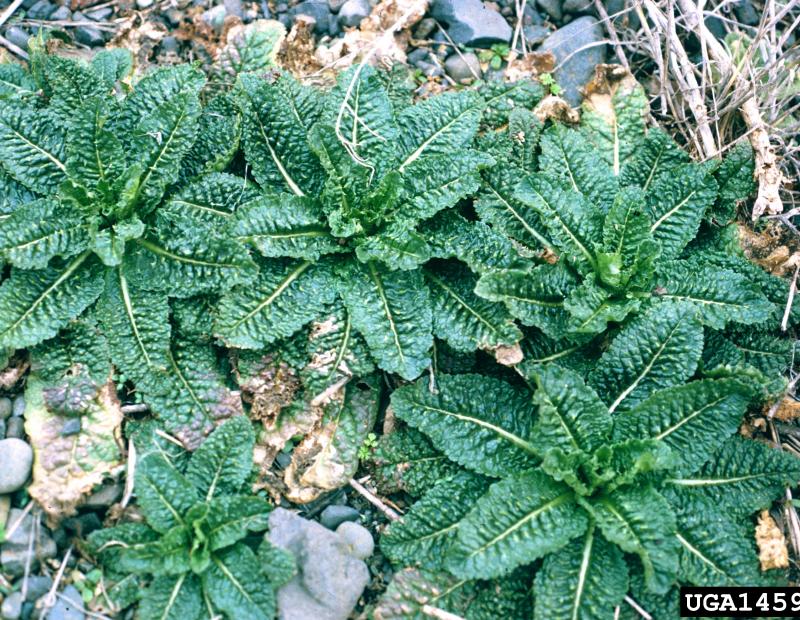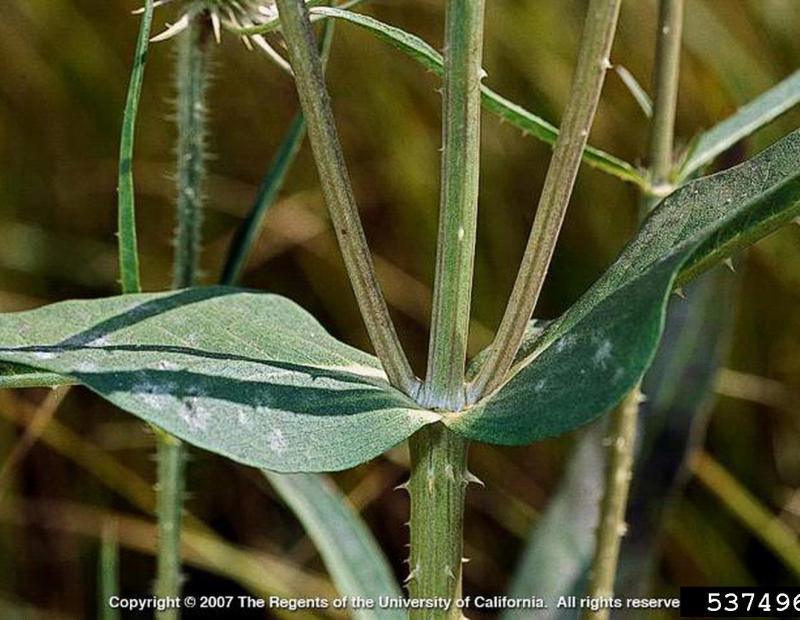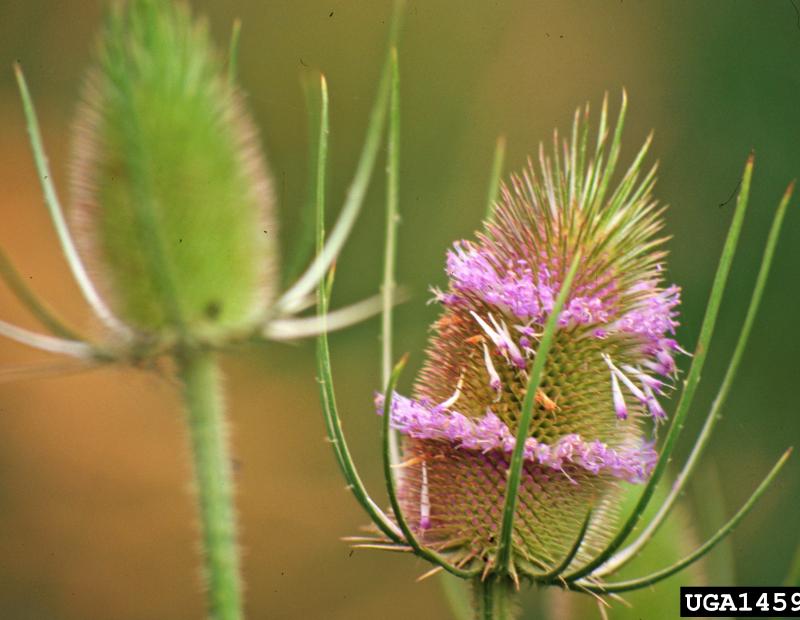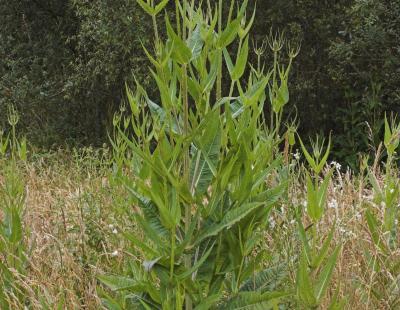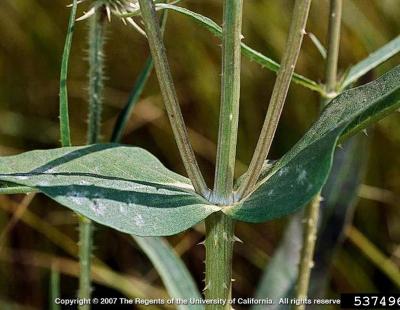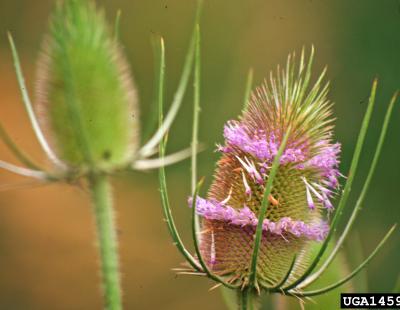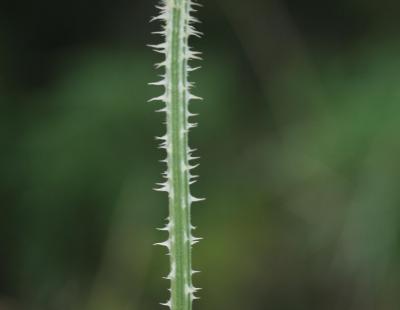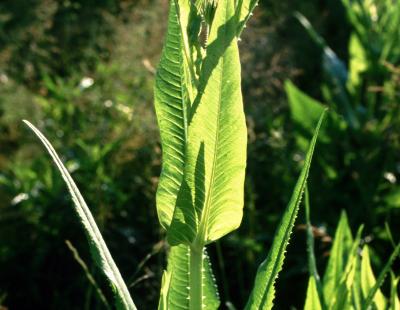- Terrestrial Plants
- Other Herbaceous
It mainly invades disturbed areas like pastures and roadsides, but it can grow in natural communites. The rosettes that form can cover a large area and shade other ground-dwelling plants neaby. It grows quickly and is spreading rrapidly throughout the United States except in the northern Great Plains.
Fuller's teasel is native to parts of Europe, North Africa, and West Asia, and was likely imported to North America as an ornamental. The dried flowers were used in wool production and was introduced intentionally for use. It is prominent in the northeastern United States, the Pacific Coast and southern Canada.
This plant is distinguished by the manner its leaves are fused around the flowering stem, forming a cup that collects rainwater. They produce puckered leaves with scalloped edges in the form of a rosette durring the first year of growth. Afterwards, a 6-ft. tall prickly flower stem emerges. These stems are usually branched at the top with cone shaped flower clusters form at the ends of the brandes. Several stiff bracts can be found below each cluster. The clusers have many short bristles interspersed with individual flowers that have white petals in purple lobes. The stems and flowers of the plant become woody and survive through the winter and sometimes over several seasons.
Common teasel occurs largely in disturbed areas including pastures, abandoned fields, roadsides,railroads, and waste arease. This species grows best in damp, coarse, and fertile soils. This species can be distinguished from the cutleaf teasel by their scalloped ridges.

